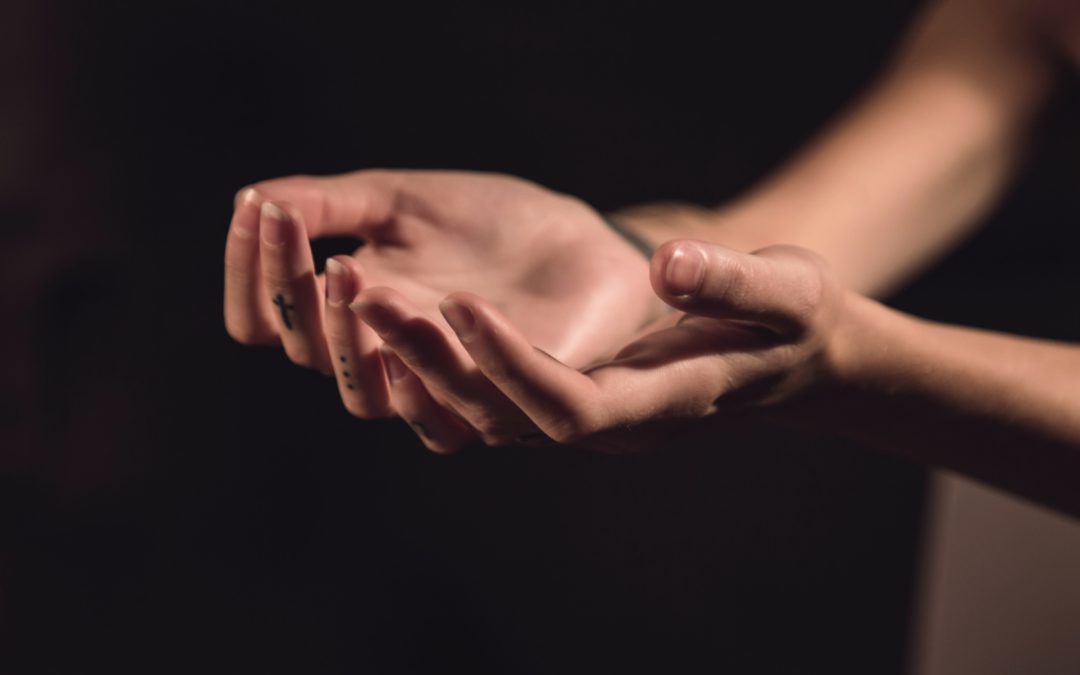Austin hand surgeon and MTF founder, Dr. Alton Barron, has been holding a weekly “Musician Monday” livestream with the goal to offer musicians a virtual avenue to ask health-related questions that they may normally ask a doctor in-person. This blog serves as a recap of the questions asked by musicians around the world and Dr. Alton Barron’s responses.
Today we’ll focus on a few of the hand and wrist related questions!
What is the best way to PREVENT hand/wrist injury? Are there any hand/wrist injuries prevalent in older woodwind players and if so what are they and how can we prevent them?
Let’s talk briefly about prevention. All of us, whether musicians or not, have altered our life activities and patterns recently. We are sitting at home, we are maybe getting out on the street some to walk on the trails, but many of us don’t have that option. And so, we are deconditioning. We’re not in our normal rehearsals or with the groups that we normally play with in bands or orchestras. So, just the disruption of our normal routines of playing as a musician, is a risk factor. So what can we do to minimize those risks and mitigate that?
We can do plenty of stretching for the upper extremities as well as upper limb conditioning. It doesn’t mean you need to be lifting heavy weights, but the fine motor skills needed for playing most instruments repetitively require a certain level of tone and conditioning in the upper limb. So, always make sure if you’re playing a lot less, that you’re doing other things to keep your limbs strong. It’s simple grip strengthening – the spring loaded adjustable grip strengtheners are very good for the forearms because that strengthens both the extensors, the flexors, and the small intrinsic muscles of the hand. All of that is important. Stretching your arms behind your back, over your shoulders, etc. is also important. Bands are very nice, because when you’re doing bands for say rotator cuff strengthening exercises, that’s really strengthening your whole arm and your wrist and so forth. So it’s very important to maintain conditioning and to do stretching. Those are the two fundamental ways.
Now, this is a very stressful time. We’re all stressed financially, we’re stressed emotionally, we’re stressed especially if we have someone who’s very sick or God forbid, someone has passed away already that we love. And so all of that stress manifests much more in our head and neck region as well as our hands. So, when you’re doing these activities, just make sure that you are aware of that, and try to get into the right mental space. Also, just loosening up and not playing too much too fast and furiously, trying to get all that emotion out through your instrument.
Woodwinds specifically are an issue more for the hands. There are usually supports whether they’re straps or whether they’re stands on the floor, but what I see most in woodwinds are the thumbs. The older bass woodwind players tend to develop more basal joint arthritis. There are splints that can be made by hand therapists, and they can even be used to help support your instruments while you are playing. It doesn’t inhibit your playing, and it actually supports and takes some of the load off of the basic drawing of the thumb. So that’s one of the more common ones. And obviously generalized arthritis in the wrist or the fingers can be at play and that’s something that we have to take into account.
Read more on Dr. Barron’s website here or watch the video below:

